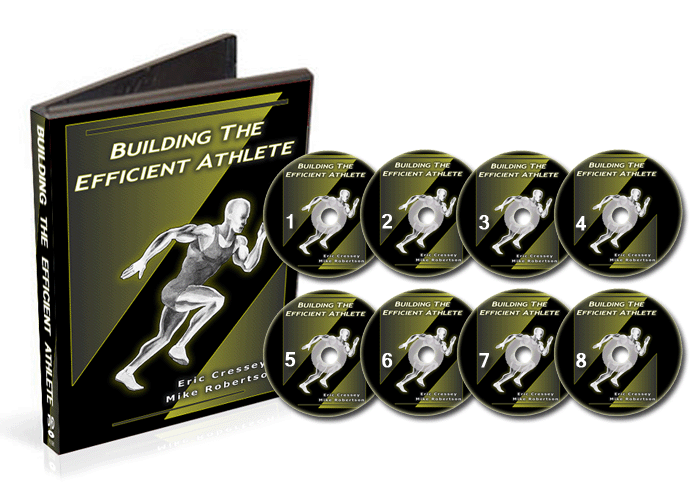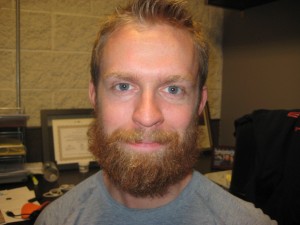As you may know, I’ve been writing for my friend Shawn Thistle’s Fitness Research Review site for about a year now.
He and I had spoke before the site went live about the direction he wanted the site to go. We both agreed that most fitness professionals are extremely busy and rarely make time to stay current on research, despite recognizing the importance.
As one of those busy professionals, it can be a bit overwhelming to train athletes all day and still make time to spend a couple hours reading research. I’d say about 7/10 times I sit down to read a text book or research article I glaze over within seconds and realize I’m never going to retain anything. That’s what makes Fitness Research Review Service such a brilliant idea. I usually pop over to the site and read through a review or two in about 15 minutes, and spend a couple minutes digesting the information and figuring out how I’m going to apply it in my programs. Then I can go home to eat dinner and do something that doesn’t involve strength and conditioning (get a little balance in my life! …not my specialty).
I just read a review from Patrick Ward outlining a simple neural strategy that everyone could use during just about every exercise to help improve their force output (read: strength). It doesn’t get much more applicable than that!
Shawn wanted me to share this info with you:
Research Review Service FITNESS, now in its second year, is an online service designed to help busy fitness professionals incorporate current scientific literature into their client interactions.
How RRS-Fitness works:
Every week, RRS posts 1-2 new reviews which analyze, contextualize, and put into practice the findings of a recently published scientific article from industry-leading peer-reviewed journals. Each review takes 5-10 minutes to read and focuses on the practical application of results and functional knowledge of research methodology. The reviews are all contained in a database that subscribers have full access to (it now contains > 175 reviews!). Topical content is varied and comprehensive, ranging from exercise sciences to sports injuries and rehabilitation.
The overall goal of RRS-Fitness is to increase knowledge translation from the scientific literature to those in contact with clients in all types of exercise and training environments.
Top 5 Reasons to Subscribe to RRS-Fitness:
1) Weekly reviews of the latest research.
2) Quickly read and applicable information in the comfort of your home or office.
3) Affordable subscription rates compared to attending conferences.
4) Large database of existing reviews.
5) Save your time, stay current, and improve your results!
RRS-FITNESS Mission Statement: RRS FITNESS will strive to enhance evidence-based knowledge translation and practical application in the exercise and fitness industry by providing contemporary, relevant and applicable scientific literature to subscribers in a consistent, unbiased, easily understood format. Our overarching goal is to disseminate exercise sciences research to training professionals, students and institutions worldwide. RRS FITNESS will operate in a financially and environmentally responsible manner, and maintain a strong commitment to prompt customer service.
If you have any questions about the site, please do not hesitate to contact me!
To your continued success,
Kevin Neeld



 Wow.
Wow.